Acoustic Guitar
There’s something special about playing an acoustic guitar – feeling the resonant vibration of the body as you strum some strident chords, the strings ringing sustaining under your fingertips, the boom of the bass projecting from the sound hole.
If you’re looking to take your acoustic game to the next level, whether it’s getting help taming feedback, learning how to amplify your acoustic to play on-stage, or learning to loop and sing along with yourself, our resource centre is here to help!
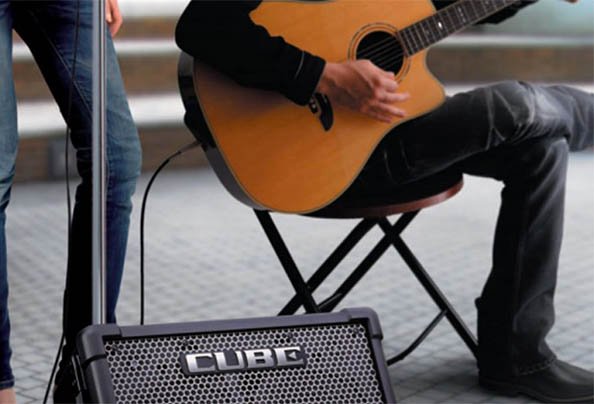
Which Cube Street is Right for Me?
The Cube Street range is virtually synonymous with busking and street performance. We’ll go so far as to wager that there isn’t a popular waterfront or street corner in the world where you won’t see a Cube Street at the feet of the talented musicians entertaining passers-by!
There are two amps in the Cube Street range – the original Cube Street and the Cube Street EX. Which one you choose depends on your needs – are you a solo performer running backing tracks from your phone? Do you use just a single guitar or have you got multiple instruments to plug in? Or do you have several band members performing together?
We’ve compiled some of the key features of both the Cube Street and Cube Street EX to help you figure out which one works for your situation – and there’s also a handy summary table at the end of the article!
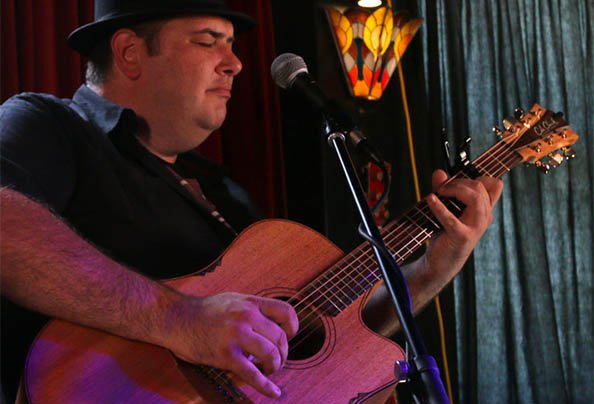
How to Amplify Your Acoustic to Play Live
So you’ve honed your acoustic guitar chops, and you want to take your playing to the stage!
Acoustic guitars sound great, but by their very definition they’re, well, acoustic – so if you want your audience in the club, café or bar to hear what you’re playing on your acoustic guitar, you have to amplify it.
If you’re looking to take your live playing to the next level, here are a few different ways to amplify your pickup-equipped acoustic guitar for live performance, and the pros and cons depending on what your needs are. With a bit of research you can determine what works best for you, your sound and your intended audience. Let’s go!
Choosing the Right Acoustic Amplifier
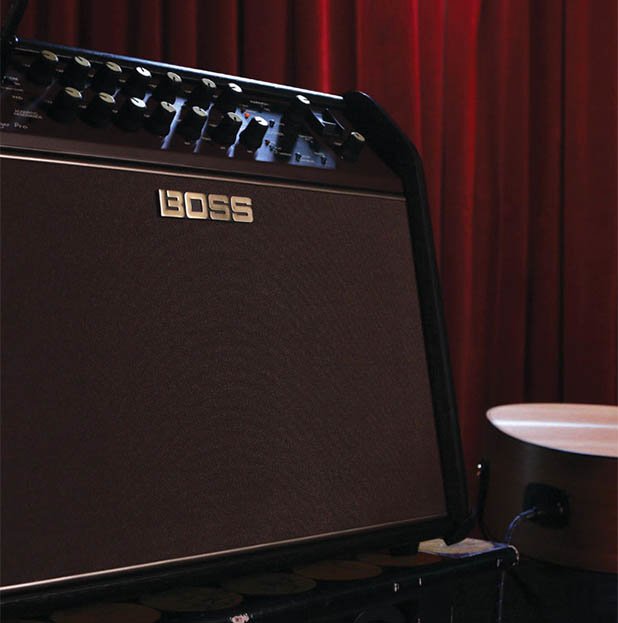
The BOSS Acoustic Singer Amp
The BOSS Acoustic Singer series of amplifiers is designed for the guitarist/vocalist who needs one self-contained unit for handling all of their amplification needs; acoustic guitar, vocals, maybe even effects and backing tracks. The idea is that you can rock up for a gig with your amp in one hand and your guitar case in the other hand have pretty much everything you need to perform.
There are three amps in the series: ACS Pro, ACS Live, and the new ACS Live LT.
The ACS Pro sits at the top of the range, with a 100W woofer and 20W tweeter affording you the power to provide stage volume and play to bigger crowds.

Why Do I Need An Acoustic Amplifier?
In recent years, we’ve seen a huge boom of popularity in acoustic guitars. Because of this, it should come as no surprise that we’ve also seen a surge of popularity towards acoustic amplification.
Acoustic amps cater to the needs of players wishing to amplify the sound of their prized acoustic guitar. They are used either onstage, or to take advantage of the lush soundscapes that can be created by adding effects such as reverb, delay and chorus to an acoustic sound.
A question often asked by many acoustic guitarists is “Why exactly do I need an acoustic amp?”

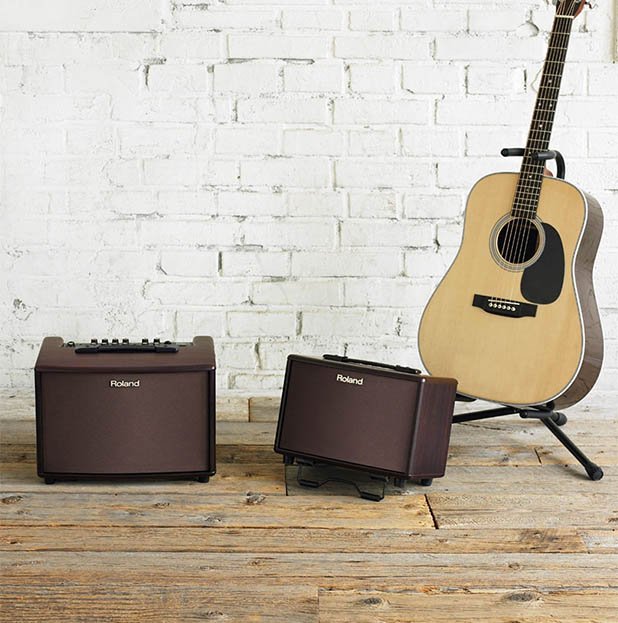
I Play an Acoustic - Which Amp is Best?
There is something special about playing an acoustic guitar: feeling the body vibrate next to your body, the strings resonating and sustaining under your fingertips, the boom of the bass projecting from the body. It can be very therapeutic to play “unplugged” and this connection is a big reason why the acoustic guitar is still so popular today.
Each individual acoustic guitar is a unique instrument. From the soundhole to the soundboard, the bracing to the tone wood used… finding THE ONE can take years – even a lifetime! That’s not even looking at the shape of the guitar – Parlour, Dreadnought, Jumbo, 00, 000?
What about the strings? Nylon or steel? If you take this much care in selecting your acoustic, shouldn’t it have its own dedicated amplification?
Here Are More Articles You May Like
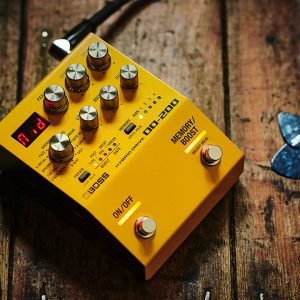
BOSS OD-200 – 4 Ways to High Gain Heaven
The OD-200 Hybrid Drive brings together decades of experience and innovation in overdrive and distortion to create a totally new breed of pedal. The cutting
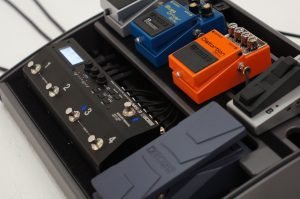
HOW TO GET THE MOST OUT OF YOUR MS-3 – THE ULTIMATE GUIDE
Let’s start with the concept behind the BOSS MS-3. MULTIEFFECTS We’re all familiar with the concept of a multieffects unit – it’s an all-in-one unit

What Guitar Effects Pedals Do I Need? The Beginner’s Guide
So you’ve just bought an electric guitar and an amp of some sort. Now you’re thinking, those colourful stompbox things look pretty cool – but

Which BOSS Digital Delay? DD-200 vs DD-500
The awesome DD-200 is the newest multi delay from BOSS. If you’ve seen its powerhouse big brother, the DD-500, you might be asking, why would I
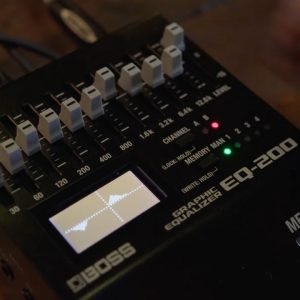
4 REASONS WHY YOU NEED AN EQ PEDAL
On the face of it, an EQ pedal may seem pretty redundant – it technically doesn’t make any sound in and of itself, and you
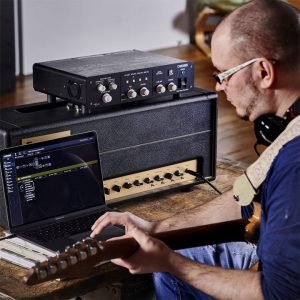
How Can I Get Started? Home Recording for Electric Guitar
It’s really might be the best era to be a guitar player. Technology has made almost every aspect of playing guitar so much more convenient.
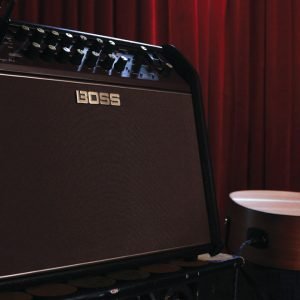
Getting Started With Your BOSS Acoustic Singer Amp
The BOSS Acoustic Singer series of amplifiers is designed for the guitarist/vocalist who needs one self-contained unit for handling all of their amplification needs; acoustic

How To Amplify Your Acoustic To Play Live
So you’ve honed your acoustic guitar chops, and you want to take your playing to the stage! Acoustic guitars sound great, but by their very

Brett Kingman BOSS KATANA MkII Patch Collection
Brett Kingman is a professional guitar player who has toured with many icons of Australian music – but you may know him better as one
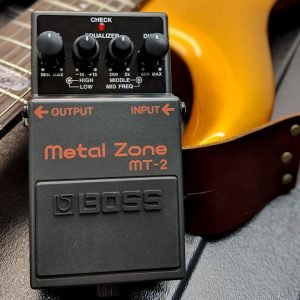
Metal Zone – You’re Using It Wrong
It’s funny – everyone has an opinion on the trusty ol’ Metal Zone. And we think we know why – it’s because almost everyone has

The 4 Cable Method (4CM) – What It Is and How To Use It Correctly
The 4 Cable Method (4CM), is a term usually heard in guitar-related conversations. It describes a way to connect your guitar to your effects pedals and

Which Headphones Are Right For Me?
Headphones are one of the greatest technological creations of the 20th century. If you don’t think that’s true, take a look in any bus, train,

How to Make Bass Effects Work for You
Why Do I Need Bass Effects For My Bass Playing? If you’re playing bass guitar in a band or musical project of any kind, one

5 Reasons To Add The DM-2W To Your Pedalboard
Upgrade Your Tone with a Waza Craft Analog Delay For a long time, savvy guitar players have known about the special magic that the vintage BOSS DM-2
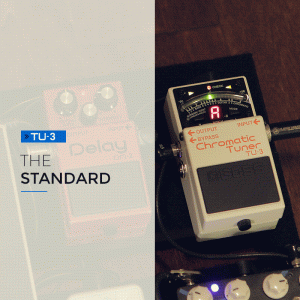
BOSS Tuners: A Lesson in Fine-Tuning
If you’re a musician and have been around for a while, chances are you’ve seen or owned a BOSS Tuner. Maybe you’ve come across one of
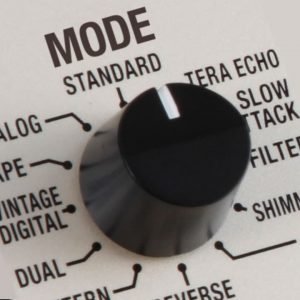
Shades of Time – What The BOSS DD-500 Digital Delay Can Do For You
The BOSS DD-500 Digital Delay is BOSS’ flagship, multi-mode delay pedal. With exceptional sound quality and customisable flexibility, the DD-500 is an absolute powerhouse of

BOSS SY-300 Guitar Synthesizer vs. ROLAND GR-55 Guitar Synthesizer
For over 35 years, Roland guitar synthesizers have provided guitar and bass players with the means to coax astonishing sounds from their instruments. There’s something
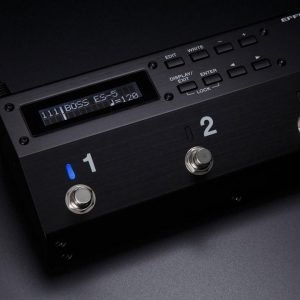
The Ultimate Guide to the BOSS ES-5 Effects Switching System
The BOSS ES-5 Effects Switching System is the newer, smaller brother to the remarkably successful ES-8. Since its 2015 release, the BOSS ES-8 Effects Switcher



